

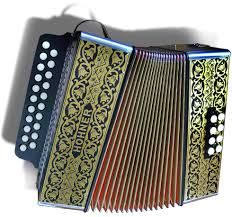
In 1986, Gary Larson famously published a cartoon in which an angel in the top half of the panel greets another winged character on a cloud, saying “Welcome to heaven…here’s your harp.” In the bottom half of the panel, a devil greets a character in a fiery abyss saying “Welcome to hell, here’s your accordion.”
Show more...
Tempting though it may be to believe that a mass mania swept the world and caused different cultures simultaneously to create bagpipe-like instruments, it seems that this is not the case. There is evidence that the use of an inflated bag to create continual airflow through reeded pipes dates back to the mediaeval period in Western Europe.
Show more...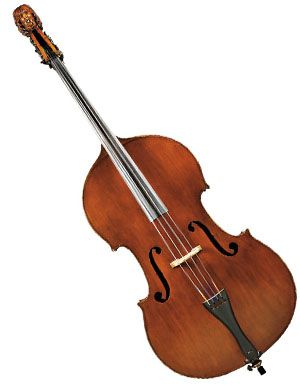
The bass, or the double bass, is the lowest pitched instrument in a modern orchestra. As its 500-year genealogical background is from both the gamba and the violin families, it is larger and slightly less inbred than the other string members of the orchestra. Its pitch is in the contrabass range: Contrabass is a full octave lower than the cello range, and as a result, bass players read music that is notated an octave above their output.
Show more...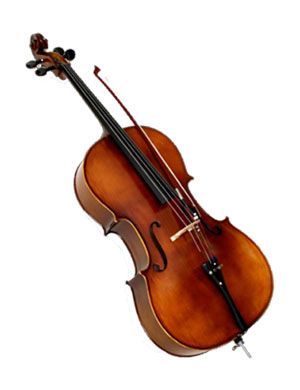
The violoncello, or cello, is sometimes considered the bass instrument of the violin family, with the double bass serving as the contrabass instrument of the family. Like the other members of its family, the cello’s previous incarnations were more cumbersome and less standardised.
Show more...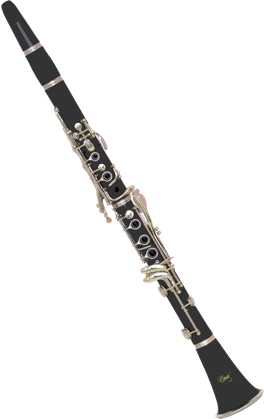
“Clarinet” is the name for any instrument with a single beating reed. This includes the saxophone, the balaban, the tarogato, the launeddas and even the tsiriki. Don’t know what those are? Don’t worry, the saxophone is falling out of favour in contemporary music.
Show more...
What we know as the flute – that long silver thing with keys, usually picked by the blonde girls in band – is actually a transverse or “German” flute. This is to differentiate it from the countless recorder-style instruments that preceded it in evolution and still exist today.
Show more...
The classical guitar is a stringed instrument that is either plucked or strummed. Its origins are always being debated, just like those of your weird uncle who doesn’t quite fit in. It is supposed that its ancestors include the Ancient Greek kitharaor the Ancient Egyptian flat-backed Coptic lute.
Show more...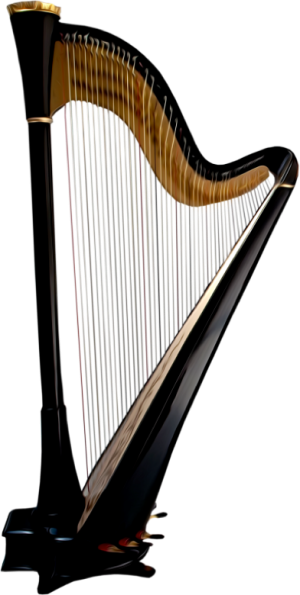
Harps are among the instruments with the oldest imaginable lineage. Referred to in ancient and biblical texts, the harp is a large frame with varying lengths of strings that are plucked by the player’s fingers. Ancient types of harps are still used in the traditional music of countless countries – Ireland, Wales, Germany, Afghanistan, Burma, Mauritania and Paraguay to name just a few.
Show more...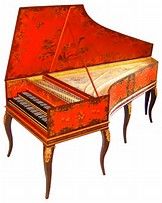
Harpsichords are fussy, finicky instruments. They won’t eat the peas because they touched the potatoes, and they pretty much always think they’re coming down with something. There so many variables – jacks, strings, quills, dampers, keys, levers – that if you breath on a harpsichord, it will go running for some Vitamin C.
Show more...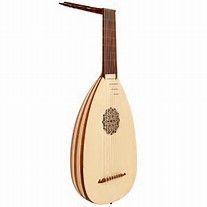
Oh, the lute! The delicate, sweet sound of pastoral Renaissance plays…magical fairies appearing from behind dewy lilies…court jesters appearing to tickle the King into good humour… That’s what they want you to think. Don’t be a fool. The lute is the European version of the ancient Middle Eastern oud, stolen during the blood bath of the Mediaeval Crusades. Its bulbous pear-shaped body is made of separate strips of wood. The fingerboard of the plucked instrument is fretted, and the peg box is bent backward, probably to represent pain and torture. The lute takes no prisoners.
Show more...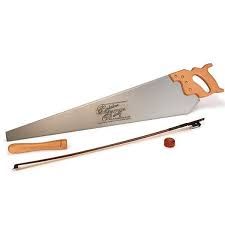
Here is something you should probably know before reading this: People are weird. Keep that in mind as you learn about the Musical Saw. It is, as advertised, a malleable handsaw, the handle of which is held between the knees of the player as they draw a bow across the edge of it or strike it with a mallet. The pitch is altered by flexing the blade in varying degrees. Because one day, someone had a bow in one hand and a saw in the other and was bored. There is little else to it.
Show more...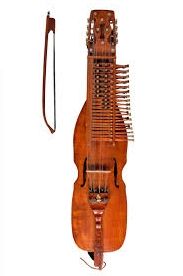
“Nyckelharpa” translates literally to mean “key harp” in Swedish. Do you now have visions of angels gently plucking strings by a cool stream? Well, erase those visions, because a Nyckelharpa is basically a bowed Hurdy-Gurdy. It originated in Scandinavia in the 15th or 16th century and was known in England as the “keyed fiddle.” It is unclear whether this is because the instrument was introduced to the English around that time or if they could simply hear it from across the North Sea. Subtlety is not one of its finer qualities.
Show more...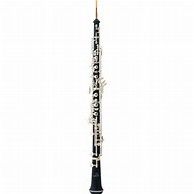
If you are looking for the oboe section, scan your eyes quickly over the orchestra and locate the people with purple faces. The back pressure created by blasting air through the oboe’s tiny double reeds causes players to turn funny colours and not a little irritable. Looped into the woodwind category (what with being a wooden wind instrument), the oboe descends from the shawm, which was used in military music of the Mediaeval period. Shawms are piercing, loud shrieking things, powerful enough to be heard above the fray of battle.
Show more...
Though it may be tempting to think of the organ as a kind of majestic piano with a ruder name, the truth is that it bears a striking resemblance to the accordion. Dating from ancient Greece and Rome, an organ is essentially any keyboard instrument that creates sound by sending wind (blowing, if you will) through pipes or reeds. In the millennia since it was created by Ctesibius of Alexandria, the organ has become associated with sacred music, even earning a permanent home in most Christian churches.
Show more...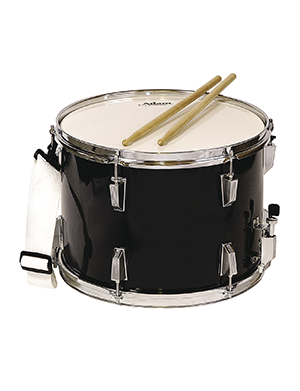
The term “Percussion” is fairly broad. It refers to the family of instruments that is played by striking the resonant surface. Some of these instruments have discernible and controllable pitch, like the marimba, the xylophone, the kettledrum or the dulcimer. Some have indefinite pitch, like the snare drum, the cymbal, or the guiro.
Show more...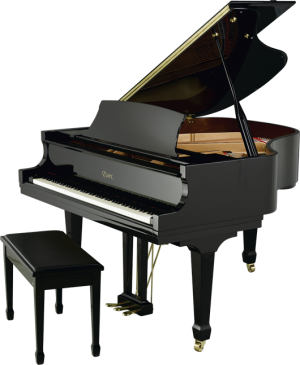
The piano (or pianoforte) is a descendent of the harpsichord, her cousin the dulcimer and her nephew the fortepiano. The name (literally meaning “quiet loud”) comes from the control the player has over the dynamics of the instrument by the attack on the keys. This sort of manipulation was not possible on the harpsichord, and in 1698 Bartolomeo Cristofori created the first gravicembalo col piano e forte (harpsichord with soft and loud) in Florence.
Show more...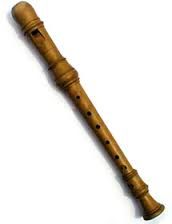
In most Ontario schools, kids reach Grade 4 and are handed a recorder. It is a piece of hard plastic, covered in years of Streptococcus A, and a parent’s worst nightmare. The child will now spend a year screeching loudly in every room of the house, causing the parent to contemplate abandonment and other, more violent transgressions. Despite the fact that it can be bought at a dollar store and that most children can use it as an instrument of torture, the recorder has a long history of gentle and uplifting music.
Show more...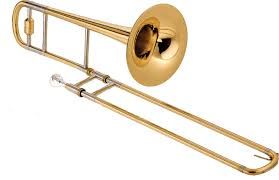
The slide trombone that is used in modern orchestras has sackbuts for parents. You might think that this would mean it was teased at school, but trombones have remarkably resilient psyches and pack a pretty big punch, so save your worries. The term “sackbut” derives from Old Teuton and Spanish. It actually means “pull push” – a description of the slide mechanism that is used to alter the pitch by changing the length of the brass tube.
Show more...
Most people are familiar with the viola due to the myriad and accurate viola jokes that are out there. For instance: Q: Why do so many people take an instant dislike to the viola? A: It saves time.
Show more...
The viola d’amore does not get invited to parties. Mentioned as early as the mid-17th century, the viola d’amore has the sloped shoulders and oversized ribs of a bored, middle-aged video-store clerk. It is fretless and played under the chin with a violin or viola bow. There are any number of strings on the instrument (five to fourteen), most having at least three “sympathetic strings” (vibrating strings whose purpose is to sustain the sound of the played strings.)
Show more...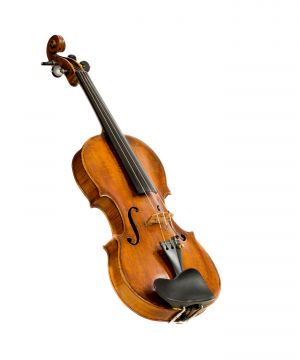
Like many of us, the violin underwent a number of transformations before it reached the comfortable form in which we see it today. Over the course of many centuries, it had three strings or five, it had a flat bridge or no bridge. One year on the first day of school, it wanted to be a goth. The next year it was preppy – it couldn’t make up its mind.
Show more...
The baritone voice range sits between the bass and tenor ranges, encompassing a little of each. In music written before the 18th century, it tends to refer to a choral singer in the high bass range, or the lowest natural range of the male voice, and it did not come into common parlance in reference to solo voices until the 19th century.
Show more...
Though technically the voice register that sits between the soprano and alto ranges, mezzo-soprano is often used to describe the female alto voice. It seems that when women bill themselves as altos or contraltos, audiences start scanning them for undeclared appendages. In any case, the mezzo-soprano range encompasses an impressive amplitude – from what would be considered the tenor register in a man to the highest soprano tessitura.
Show more...
The highest voice in the range of the human voice is the soprano. This is usually a sound created by women, but it can also be heard in young boys, or artificially through the use of falsetto or castration in men.
Show more...
The tenor voice has an oddly cultish following, what with the “Three Tenors” and the pop hits of Luciano Pavarotti and Andrea Bocelli. Though there is a history of tenor voices in folk music (like the Irish tenor), it really took a while to fill its own shoes. Mediaeval and Renaissance music has choral tenors, though considerably lower than what we associate with the tenor sound today.
Show more...